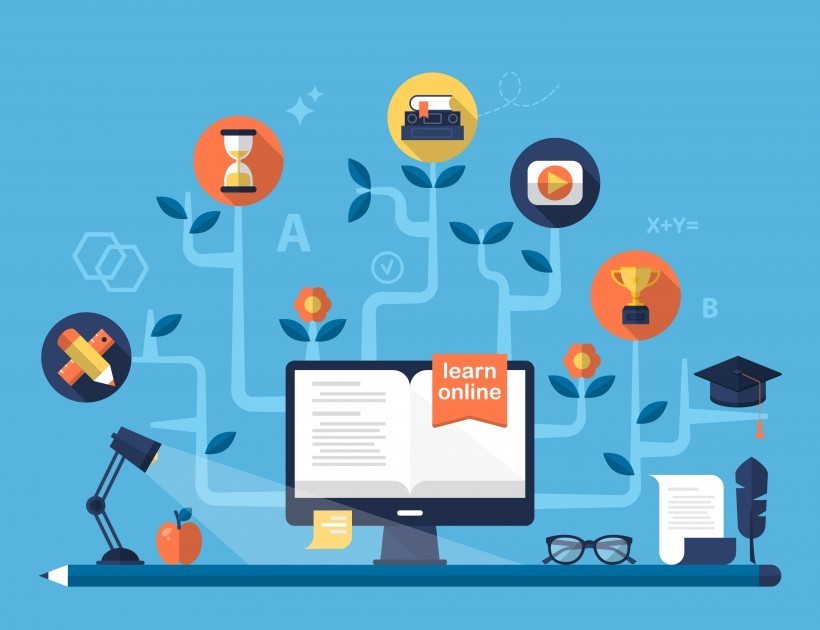
Education today faces significant challenges resulting from the rapid development of technological advances. Their application imposes a whole new approach to teaching, and this requires the active involvement of pedagogical science. Check out assigncode.com to find out more regarding the subject and get help from one of our experts. The most important thing is to find a way to make the most of technology. Lately, educational institutions have been paying much attention to this current issue.
Intensive scientific and technological development, the transition to the information society, and the expansion of new knowledge in all spheres have imposed new demands in the field of education. One relates to changes in teacher training aimed at a knowledge society characterized by the idea of lifelong learning. Modern education enables, recognizing these conditions, the widening of the scope of knowledge, and one of the tasks of the school is to harmonize the content of training with the requirements of scientific and technical and technological progress. With the help of modern teaching aids such as educational software, electronic laboratories for multimedia teaching, it is possible to more consistently implement, enrich, and actualize the basic principles of learning and teaching in general.
Traditional teaching is characterized by a frontal form of work and the role of teachers as lecturers, which passivates students and prevents them from interacting with their lecturers. In this way, there is not enough space for students’ independent activities. The teaching process is more oriented towards formal content studies, which prevents the connection of theoretical facts and knowledge with real life. The teacher determines the most reliable methods, forms of work, contents to be studied, and teaching aids through which the educational process will be realized. The development of science and technology influences the increase in the volume of scientific and social information that is of immediate importance to the individual.
Permanent training of teachers for the application and use of modern information technology opens the possibility and need for teacher teamwork and teamwork of students. That changes the position of the teacher; he/she’s not only a lecturer but an organizer and a partner in direct communication. However, the schools are differently equipped technically. At the same time, there are different attitudes of teachers about the possibilities of using new technologies at work, which are conditioned by their work experience, their professional qualifications, the environment in which they live and work, their degree of computer skills.
Table of Contents
Encourage innovation in teaching

Computers and educational computer software allow students to continually search, browse, and structure the content of an environment within which they can organize and interpret data for themselves. In this way, the acquisition of knowledge is not only reduced to a set of facts acquired, but learning becomes a process, i.e., a form of thinking or making connections.
Educational computer software replaces many teaching aids, provides a strong incentive to innovate in teaching, while improving the quality of teaching and learning. Well-designed software maintains activity with the help of games, multimedia, and feedback. Feedback is essential for students, and it’s also important when it comes to preserving and enhancing the level of motivation. Student activity and feedback are the least used in classical (usually frontal) teaching. The educational possibilities are apparent. An excellent example of this is math. Thus, for instance, in geometry, it might be easier to simulate certain situations with the help of a computer, rather than doing it on paper.
On the plus side, all students are generally very actively involved in social networks. As a result, they can enhance crucial social skills, meet self-expression needs, satisfy self-esteem needs, and build their writing skills.
Further improvement of teachers’ digital competences is necessary

Based on the report from the supervisory service, we conclude that it is necessary to strengthen the digital competences of teachers further so that they can adequately respond to the needs of students. Pedagogical support for teachers is particularly important: how to plan and deliver ICT-assisted teaching, and how to use ICT to assess students’ knowledge. It should be emphasized that ICT coordinators and other teachers with developed ICT competencies are a vital resource for learning, support for both students and colleagues.
Of all the recent developments, the Internet can significantly help to educate children, save them for the new information age. However, there is a noticeable ‘digital gap,’ an imbalance in digital literacy between teachers and students. Students are part of the global digital generation, which in our environment (urban areas) is already reaching over 90% of the use of computers and the Internet, mainly due to participation in social networks. In essence, only 1.3% do so in schools. The situation in educational institutions says that computer technology needs to be restored because it has been in use for ten years. We have excellent examples of schools where ‘smart boards’ are used and whose benefits are used by students and teachers.
Higher ICT teaching and learning opportunities are based on much greater availability of ICT infrastructure, and especially in the classroom itself. Some research says that, in the last six years, the equipping of schools with computers has been done mainly through donations. The level of development of digital teaching and learning materials (students and teachers) should be increased. Since the beginning of reform education, there is at least one computer classroom in every elementary and secondary school (in some, more). However, they are predominantly used in IT subjects. Such practices should be changed as soon as possible. We should enable students to learn other non-informative subjects through ICT.
Smart telephones as a teaching tool

The role of competent and creative teachers is irreplaceable when it comes to teaching children to use smartphones not only to kill boredom but as an information and communication tool in teaching. Parents should also be more active regarding the subject and instruct their children that the phone is not only an “expensive toy” but an educational tool.
It should not be overlooked that there are several extremely useful and quality applications and sites that can respond in a very desirable way to the needs of both teachers and students in the learning process. Teachers should refer students to such tools and use them themselves. We cannot stop or ignore the digital age; we need to work together and adapt to the needs of children and the challenges of the new generation.
Enriching the Online Learning Experience for Multilingual Students Amid the COVID-19 Pandemic
The discourse on online learning in 2024 isn’t complete without mentioning the COVID-19 pandemic. The pandemic forced schools and governments around the world to move classes online to protect students from being infected. Online learning platforms applied only to select students before. But now that many students around the world from kindergarten all the way to college are now taking classes online overnight, this entails new challenges and opportunities for online learning platform companies to make their products better. One of the major issues is the language support.
Hundreds of millions of students around the world speak so many different languages which don’t include English and major languages such as Spanish, French, German, etc. Plenty of them are students that speak regional languages. In that case, online learning platform companies need to ensure that they can provide an equally immersive and quality experience for students of all cultural and linguistic backgrounds. This is especially important since students and teachers themselves that speak with foreign languages have no choice but to rely on online learning platforms as the COVID-19 pandemic continues.
Conclusion

Technology should be used for engaging and positive learning as well as the realization and enhancement of personal education through flexible, creative, and accessible knowledge. It is vital to explore and encourage safe ways to use the Internet to help students self-confirm, be assertive, participate, and develop friendships. The school has a significant role to play in promoting the rules of ethical behavior, online safety, and information literacy. It is essential to show students that adults understand and monitor changes in information technology, as well as changes in the way children and young people interact. It is also imperative to set clear rules for using the Internet and mobile phones in the school environment.







